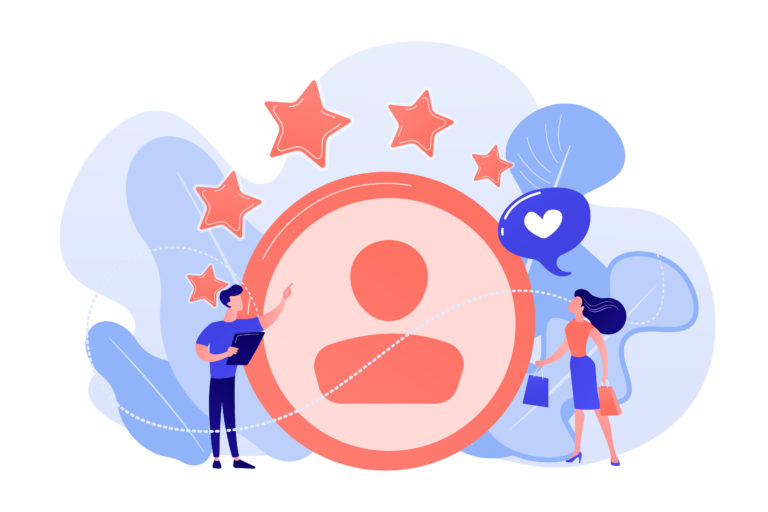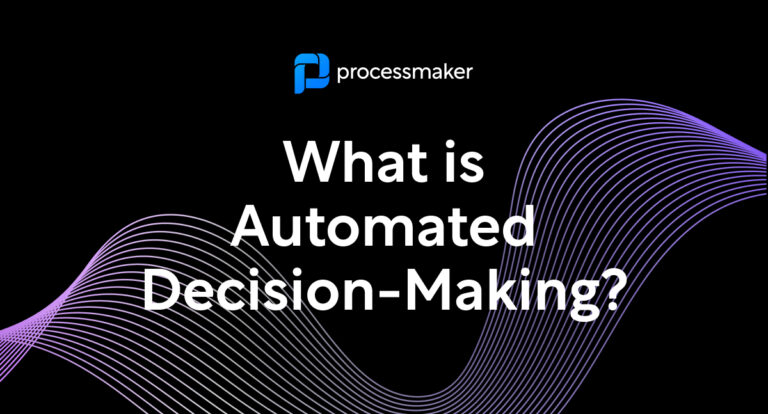Many organizations focus most of their marketing efforts and budgets on acquiring new customers. In the process, they fail to nurture their existing customers leaving many of them to shop for products and services elsewhere.
Research consistently shows that boosting customer retention and selling to current customers can boost an organization’s bottom line. According to experts, the chances of selling to an existing customer are between 60% and 70%. But the probability of getting a new customer to buy products is just 5% to 20%. Moreover, consider that:
- Repeat customers spend an average of 31% more than first-time customers.
- A 5% increase in customer retention produces more than a 25% increase in profit.
- Customers who feel an emotional connection to a brand have a 306% higher lifetime value (LTV), stay with a brand for an average of 5.1 years to 3.4 years, and recommend brands nearly twice as much.
One highly effective way to boost retention is with a customer loyalty program.
What is a Customer Loyalty Program?
Wikipedia defines a loyalty program as “a marketing strategy designed to encourage customers to continue to shop at or use the services of a business associated with the program.” There are many different types of customer loyalty programs. For example, earning points on each purchase and exchanging them at a later date. Or offering discounts for spending a certain amount of money.
Benefits of a Customer Loyalty Program
Customer loyalty programs offer a broad range of benefits. These include:
Boosting Customer Retention
A loyalty program provides customers with incentives to stick with a brand. For example, product discounts and a higher level of personalization. This produces a better customer experience and discourages customers from seeking out your competitors.
Reduce Costs
According to Bain and Company, it costs some 6 to 7 times more to acquire a new customer than to retain an existing one. By increasing LTV, organizations can reduce their customer acquisition costs.
Gain Social Proof
Social proof has in many ways transcended conventional forms of advertising. Over 90% of customers report that they are more likely to trust non-paid recommendations than any other type of advertising. Loyalty programs can encourage customers to post reviews which leads to new business.
Collect Customer Data
When a customer opts into a loyalty program, he or she typically consents to the collection of personal information. For example, demographic information, interests, and geographic location. Or customers can participate in surveys to earn additional loyalty points. Organizations can use this data to offer customers a personalized experience and to improve their products and services.
More Customer Referrals
Customer loyalty programs increase the chances that customers will recommend a brand to their friends, family, and social networks. In fact, nearly 75% of consumers are likely to recommend brands that offer good loyalty programs.
The above benefits are some of the reasons why organizations spend approximately $2 billion each year on customer loyalty programs. Yet nearly 80% of loyalty programs fail to drive further customer engagement. This is often attributable to inefficient workflows that rely on manual processes. With process flow automation technologies, organizations can create user-friendly and scalable customer loyalty programs.
Loyalty Program Process Flow Automation Example
There are many ways that organizations can introduce process flow automation into their loyalty program workflows. For example, we mentioned above that one commonly used customer loyalty program involves rewarding customers that spend a certain amount. This could be a set amount per transaction or total spending over a period of time.
Suppose that you want to offer a 20% discount to customers for every $500 that they spend. To do this manually, you would need to keep track of customer spending across orders and send out a discount code each time the threshold has been met. Not only is this time-consuming, but a simple oversight can lead to a poor customer experience and low retention rates.
With a solution such as digital process automation, you could easily design and implement your loyalty program workflow using low-code tools. This includes automatically tracking customer spending and sending the customer a notification with a discount code. Additional automated messages can remind the customer to use the discount code and solicit feedback from the customer to further improve the experience.
Organizations located all over the world rely on ProcessMaker’s award-winning low-code BPM platform to design, automate, and manage their customer loyalty programs. See how ProcessMaker can help your organization to offer memorable customer experiences and boost your bottom line.





